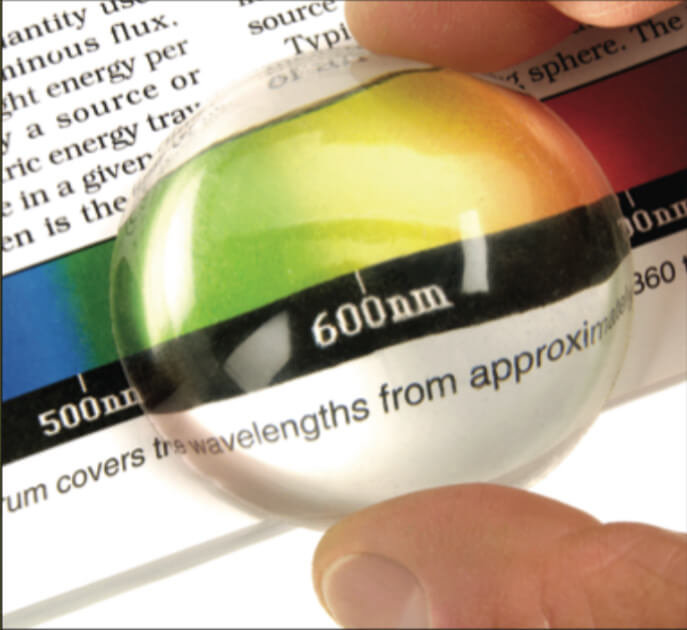A wide variety of materials can be engineered to provide different degrees of electrical conductivity, such as copper, aluminum, and molybdenum. Iron-chrome-aluminum and molybdenum-disilicide are commonly used for higher temperature applications. Some oxide ceramics are used as conductors and semiconductors for specialized applications. Conductive and non-conductive coatings that generally incorporate such conductive fillers are used to promote or limit the flow of heat or electrical current into or away from the object that is coated. These hybrid coatings have many applications in a variety of applications and industries. The coating, depending on the application, may derive from a standard coating but is filled with a conductive material such as graphite, nickel, copper, silver, or gold. More recently, the use of carbon nanotubes and graphene as a filler has imparted conductivity in coatings. A conductive coating may also be a thin film deposited by CVD or simply a doped thin film.
Uses
Shielding
Shielding from Electromagnetic Interface (EMI)
Anti-static protection
Anti-static protection for coatings like aircraft paints
Printed circuits inks
Additions to printer circuit inks to aid thermal dissipation (photocopy machine parts)


